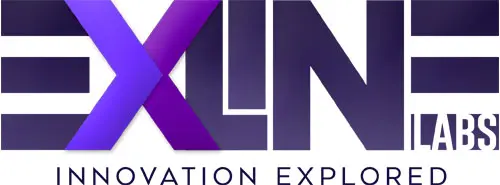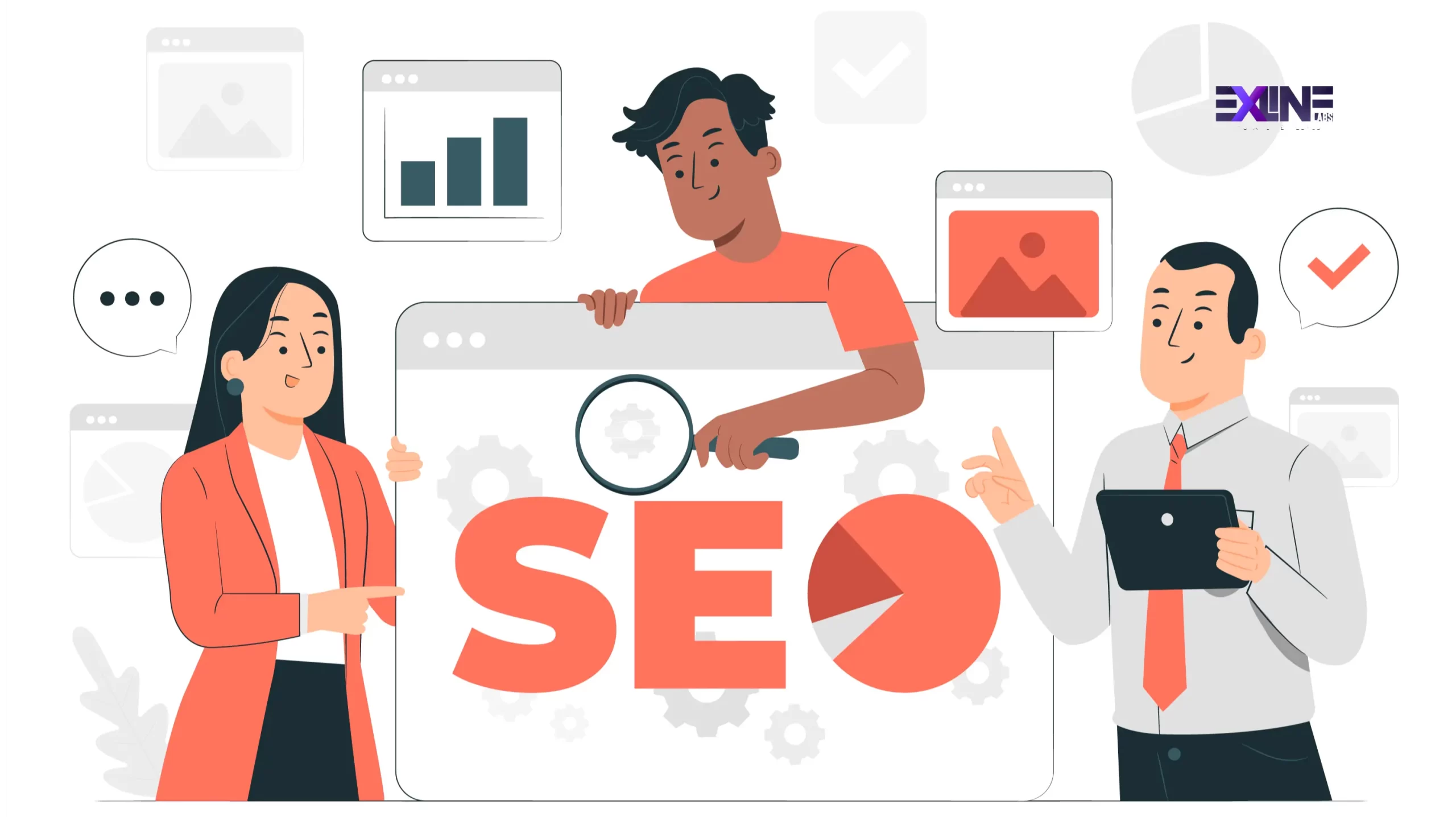Introduction
In the vast and competitive landscape of the internet, the visibility of your website plays a crucial role in attracting organic traffic. Among the myriad strategies to enhance this visibility, On-Page SEO stands out as a fundamental approach. In this detailed guide, we will explore the intricacies of On-Page SEO, breaking down each element to provide a comprehensive step-by-step walkthrough. From keyword research to title optimization, meta descriptions, and header tags, we’ll cover it all to empower you with the tools to optimize your web pages effectively.
Step 1: Keyword Research
Why is Keyword Research Crucial?
Keyword research forms the foundation of any successful SEO strategy. By understanding what terms users are searching for, you can tailor your content to meet their needs and improve your chances of ranking higher in search engine results.
How to Conduct Keyword Research
Utilizing Google Keyword Planner API
Begin by setting up authentication using a service account and initializing the Google Ads client. The example code below demonstrates a basic implementation using the Google Ads API for keyword research.
|
1 2 3 4 5 6 7 8 9 10 11 12 13 14 15 16 |
import google.auth from google.auth.transport.requests import Request from google.oauth2 import service_account from googleads import adwords # Set up authentication credentials = service_account.Credentials.from_service_account_file( 'path/to/your/credentials.json', scopes=['https://www.googleapis.com/auth/adwords'] ) # Initialize the Google Ads client client = adwords.AdWordsClient(credentials=credentials) # Implement keyword research logic here # ... |
This code snippet provides a starting point for fetching keyword data from the Google Keyword Planner API. The specific logic will depend on your requirements and how you intend to use the obtained keyword information.
Step 2: Title Optimization
Crafting Compelling Titles
Titles are the first thing users see in search engine results, making them a critical element of On-Page SEO. Craft titles that are not only keyword-rich but also compelling and click-worthy.
Best Practices for Title Optimization
1. Conciseness: Craft a Precise and Impactful Title
One of the foundational principles of effective title optimization is conciseness. Aim for a title length of approximately 50-60 characters to ensure that it displays optimally in search results. Concise titles not only enhance visual appeal but also communicate your content’s essence efficiently.
Example:
|
1 |
<title>Unlocking On-Page SEO: A 360-Degree Guide</title> |
2. Relevance: Align Titles with Content for User Expectations
The relevance of your title to the actual content is paramount. Ensure that your titles accurately reflect the substance of the page. Misleading titles not only frustrate users but can also lead to a higher bounce rate. This negative user behavior can, in turn, adversely affect your SEO rankings.
Example:
|
1 |
<title>Mastering SEO: Unveiling Advanced On-Page Techniques</title> |
3. Primary Keyword Placement: Front-Load for SEO Emphasis
Strategic placement of your primary keyword is vital for signaling its importance to search engines. Position the primary keyword near the beginning of the title to immediately convey the topic’s relevance. Search engines often prioritize the initial words of a title, making this placement a critical factor in improving your page’s searchability.
Example:
|
1 |
<title>SEO Mastery: A Comprehensive Guide to On-Page Techniques</title> |
4. Avoid Keyword Stuffing: Maintain a Natural Flow
While incorporating keywords is essential, avoid keyword stuffing. Maintain a natural flow in your titles to ensure they are engaging and readable. Search engines are adept at recognizing overly optimized content, and keyword stuffing may lead to penalties rather than benefits.
Example:
|
1 |
<title>Effective Strategies for On-Page SEO Optimization</title> |
5. Emotional Appeal: Elicit Engagement and Click-Throughs
In addition to being concise and relevant, aim to infuse an emotional appeal into your titles. Craft titles that resonate with your audience, evoke curiosity, or provide a solution to a problem. Titles with emotional appeal are more likely to capture user attention and encourage click-throughs.
Example:
|
1 |
<title>Transform Your Website: On-Page SEO Unleashed</title> |
6. Brand Consistency: Include Brand Elements for Recognition
For brand recognition and consistency across your digital presence, consider incorporating your brand name or elements into the title. This reinforces your brand identity and can contribute to increased trust and click-through rates.
Example:
|
1 |
<title>Optimizing On-Page SEO: The XYZ Company Guide</title> |
7. A/B Testing: Refine Titles Based on Performance Data
Continuously refine your title strategy by engaging in A/B testing. Experiment with different titles and analyze performance metrics to determine which versions resonate best with your audience. This data-driven approach allows you to iteratively improve your title optimization strategy over time.
Example:
|
1 |
<title>SEO Decoded: A/B Testing for Title Optimization</title> |
ncorporating these best practices into your title optimization strategy will not only enhance your on-page SEO but also contribute to a more engaging and user-friendly experience for your audience. Remember, the art of title optimization is a dynamic process that evolves with user behavior and search engine algorithms. Stay adaptive and continue refining your approach for sustained SEO success.
Step 3: Meta Description
The Art of Writing Meta Descriptions
Meta descriptions provide a brief summary of your content, influencing user click-through rates. Crafting compelling meta descriptions involves incorporating relevant keywords while enticing users to click on your link.
Meta Description Best Practices
- Clarity: Clearly articulate what users can expect from your page. Ambiguous descriptions may result in lower click-through rates.
- Length: Aim for meta descriptions between 150-160 characters to ensure they are fully displayed in search results.
- Inclusion of Keywords: Naturally include target keywords in your meta description to enhance relevancy.
|
1 |
<meta name="description" content="Explore the step-by-step guide to on-page SEO optimization and enhance your website's visibility. Learn key techniques for title optimization, meta descriptions, and more."> |
Step 4: Header Tags
Structuring Content with Header Tags
Properly structuring your content with header tags (H1, H2, H3, etc.) not only enhances readability but also signals the hierarchy and importance of content to search engines.
Header Tag Best Practices
- H1 Tag for Main Heading: Use the H1 tag for the main heading of your page and include your primary keyword.
- Hierarchy with Subheadings: Utilize H2, H3, and subsequent tags for subheadings, creating a logical hierarchy.
- Keyword Distribution: Distribute relevant keywords across header tags to provide a comprehensive overview of your content.
|
1 2 3 4 5 6 |
<h1>On-Page SEO Techniques: A Step-by-Step Guide</h1> <h2>Step 1: Keyword Research</h2> <p>Your content here...</p> <h2>Step 2: Title Optimization</h2> <p>Your content here...</p> <!-- Repeat for other steps --> |
Conclusion
In this extensive guide, we’ve covered the critical steps of On-Page SEO, from conducting keyword research to optimizing titles, meta descriptions, and header tags. Implementing these techniques will contribute to improved search engine visibility and a better user experience. Remember, SEO is an ongoing process, and staying informed about industry trends and algorithm changes is key to maintaining and enhancing your website’s performance in search results.
Explore our services here and get in touch with us here. Let’s elevate your online presence together!

